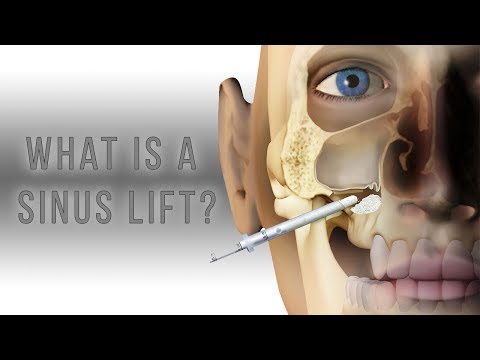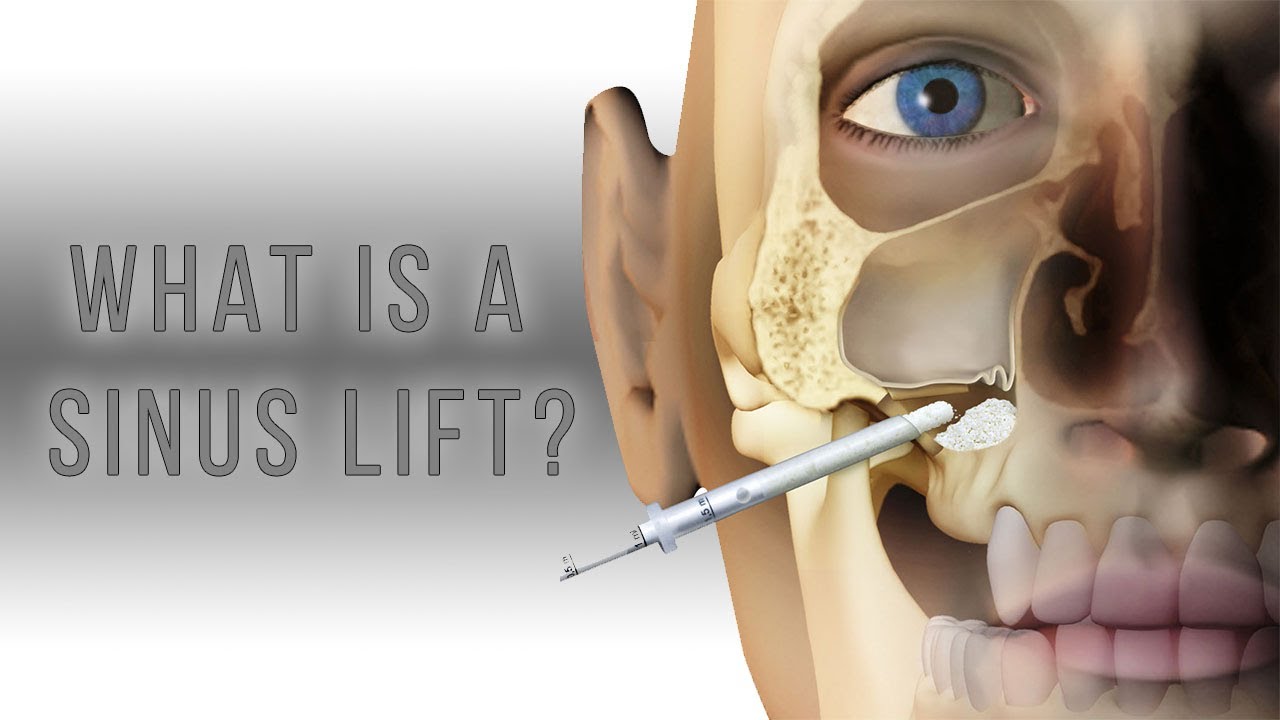Discover the fascinating world of sinus lifts and unlock the secrets behind this innovative dental procedure. Are you curious about how dentists can enhance your smile and restore lost teeth? Look no further! A sinus lift is an ingenious technique that can elevate your understanding of dental implants to new heights. By gently raising the sinus membrane, oral surgeons pave the way for successful implantation, allowing your jawbone to welcome new teeth with open arms. With this remarkable procedure, you’ll witness the magic of modern dentistry firsthand, as skilled professionals create a solid foundation for your dental restoration. Say goodbye to gaps and hello to a radiant, complete smile. Imagine the confidence you’ll regain, knowing that your dental implants are securely anchored in your jawbone. Whether you’re missing teeth due to injury, decay, or periodontal disease, a sinus lift can revolutionize your oral health journey. So, if you’re ready to embark on a transformative dental experience, trust the expertise of qualified dentists who specialize in sinus lifts. Embrace this opportunity to rediscover the joy of biting into your favorite foods and sharing your beautiful smile with the world. Explore the world of sinus lifts today and embark on a journey towards a more vibrant, healthy mouth.

What is a Sinus Lift?
| Aspect | Description |
|---|---|
| Definition | A sinus lift, also known as a sinus augmentation or sinus elevation, is a surgical procedure performed in dentistry to increase the amount of bone in the upper jaw, specifically in the area of the maxillary sinuses. |
| Purpose | The primary purpose of a sinus lift is to provide a solid foundation for the placement of dental implants in patients with inadequate bone height in the posterior maxillary region. |
| Procedure | The procedure involves lifting the sinus membrane to create a space between the sinus floor and the upper jawbone. This space is then filled with bone graft material, typically made of either the patient’s own bone or synthetic grafting materials, to encourage new bone growth. |
| Indications | Sinus lifts are commonly performed when there is insufficient bone height due to factors such as tooth loss, bone resorption, or the natural anatomy of the sinuses. It is often required before dental implant placement in the posterior maxilla. |
| Benefits | A successful sinus lift procedure allows for proper anchorage of dental implants, enhances implant stability, and ensures long-term implant success. It enables patients who were previously deemed ineligible for implants to undergo the treatment with improved functional and aesthetic outcomes. |
| Risks | Like any surgical procedure, a sinus lift carries certain risks such as infection, sinus membrane perforation, bleeding, swelling, and post-operative discomfort. However, these complications are relatively rare and can be minimized with proper surgical technique and post-operative care. |
Title: Elevating Your Smile: Unveiling the Sinus Lift Procedure
What is a Sinus Lift?
A sinus lift is a surgical procedure that is performed to increase the amount of bone in the upper jaw for the placement of dental implants. It is also known as a sinus augmentation or sinus elevation. This procedure is typically done when there is not enough bone height in the upper jaw, or when the sinuses are too close to the jaw for implant placement.
Why is a Sinus Lift Needed?
A sinus lift is needed when there is insufficient bone height in the upper jaw to support a dental implant. This can be caused by a variety of reasons, such as tooth loss, periodontal disease, trauma, or natural anatomical variations. Additionally, the sinuses may expand over time and encroach upon the jawbone, making implant placement difficult or impossible without a sinus lift.
The Procedure
The sinus lift procedure is typically performed by an oral surgeon or a periodontist. Before the procedure, the patient is given local anesthesia to numb the area. The surgeon then creates a small incision in the gum tissue to expose the jawbone. A small window is then created in the bone to access the sinus membrane. The membrane is gently lifted, and a bone graft material is placed in the space between the sinus membrane and the jawbone. This bone graft material can be sourced from the patient’s own body, a donor, or synthetic materials. Once the bone graft is in place, the incision is sutured closed, and the healing process begins.
Types of Bone Grafts
There are several types of bone grafts that can be used in a sinus lift procedure. Autogenous grafts are taken from the patient’s own body, typically from the hip or the chin. Allografts involve using bone from a donor, which is thoroughly processed to remove all traces of live cells. Xenografts use bone from an animal, usually a cow, that has been specially treated to make it safe for human use. Finally, synthetic grafts are man-made materials that mimic the properties of natural bone. The choice of bone graft material depends on various factors, including the patient’s individual needs and preferences.
Recovery and Success Rate
After a sinus lift procedure, patients may experience some swelling, bruising, and discomfort, which can be managed with pain medication and cold compresses. It is important to follow all post-operative instructions provided by the surgeon to ensure proper healing. The healing process generally takes several months, during which the bone graft material fuses with the existing bone to create a solid foundation for the dental implant. The success rate of sinus lift procedures is generally high, with studies reporting success rates of over 90%.
Conclusion
A sinus lift is a surgical procedure that is performed to increase the amount of bone in the upper jaw for the placement of dental implants. It is necessary when there is insufficient bone height or when the sinuses are too close to the jaw. The procedure involves lifting the sinus membrane and placing a bone graft material in the space between the membrane and the jawbone. Different types of bone grafts can be used, and the success rate of sinus lift procedures is generally high. If you are considering dental implants in the upper jaw and lack bone height, a sinus lift may be the solution to ensure the long-term success of your dental implants.

